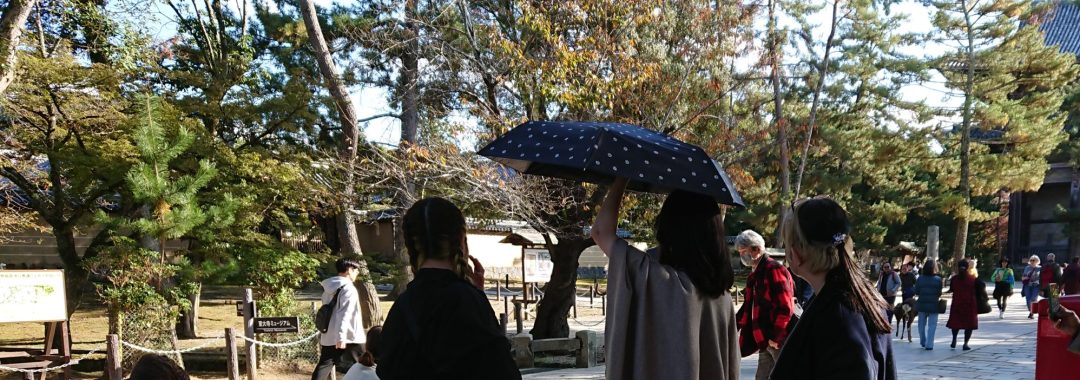Casting in Japan: The Art of Selecting the Perfect Models
In the diverse and competitive world of Japanese casting, finding the ideal models for a project requires a blend of precise selection criteria and cultural understanding. Especially for projects where the portrayal of relationships is key, the choice of models can make or break the audience’s connection with the content.
Understanding the Project Requirements
For a recent project, the requirement was for male and female models who could interact naturally as a couple. However, the emphasis was on subtlety – minimal public displays of affection, suggesting a comfortable yet professional rapport. The project prioritized video over still photography, placing an added emphasis on dynamic interaction between the models.
Age and Appearance: Striking a Balance
The age group targeted was between 30-40 years, potentially stretching to mid-30s to 40s, depending on the maturity of appearance. This age range was chosen to skew towards a more mature and sophisticated audience, aligning with the brand’s aspirational qualities.
For the male models, the desired physical traits were strong features combined with a soft and approachable quality. This balance ensures that the model presents an everyday look while still aligning with high-end, aspirational brand values. Overly muscular builds, like those of bodybuilders, were to be avoided to maintain this balance.
The female models needed to have a natural and mature look that was both versatile and aspirational. The focus was on refined and sophisticated beauty that was unique and stood out, aligning with the project’s high-end aspirations.
Skills and Language Requirements
In terms of skills, comfort with both video and photo mediums was crucial. This dual competency ensures a seamless transition between different types of media, vital for a project prioritizing video content. English language proficiency was also a requirement, possibly reflecting the international scope of the project or the target audience.
Casting Challenges and Considerations
One of the challenges faced in past projects was “over-acting.” This points to the need for models who can deliver performances that are authentic and resonate with the audience, avoiding exaggerated expressions or actions that could detract from the project’s realism.
The Importance of Diversity and Inclusivity
In casting, especially in a culturally rich landscape like Japan, embracing diversity and inclusivity is key. It’s not just about physical appearance; it’s about finding models who can authentically represent the brand’s ethos and connect with a diverse audience.
Conclusion: Crafting a Cohesive Vision
Casting in Japan, as elsewhere, is about more than just finding people who fit a physical mold. It’s about crafting a cohesive vision that resonates with the audience and aligns with the project’s goals. It requires a keen eye for talent that can embody the desired qualities, from physical appearance to acting skills and cultural alignment.
For businesses and creatives venturing into Japanese casting, understanding these nuances is crucial for success. With the right approach, casting can be a powerful tool in telling a story that is both compelling and culturally resonant.

